The time is overdue now, when rather than pretending that homosexuals don’t exist, or hoping to eradicate them by the sheer weight of disapproval or prison sentences, we face the facts squarely in the eye and find room for them.
Shakuntla Devi, The World of Homosexuals
We all have witnessed the rules and regulations of gender in our growing years. Phrases like “boys don’t cry,” “girls love pink,” and that the marital relationship is established between a boy and a girl have only reinforced the stereotypes. The path-breaking subject which came in our lives was of “third gender“.
Oxford dictionary explains the term “third gender” as a “category of people who do not identify as male or female, but rather as neither, both, or a combination of male and female genders”. If you don’t fit in a particular set of beliefs or systems, you are taken as insane or subject of discrimination. People accepting themselves as a “gay or lesbian“, became a massive crime, and for that, they were punished brutely. Recently a lesbian couple in Tamil Nadu committed suicide when one’s marriage was fixed with another man.
Indian society is still suffering from transphobia. The gender identity or orientation, which does not fit into the existing societal norm, is not accepted in the society.
People usually refuse to accept the reality in front of them and try to treat their children’s sexual orientation in the form of some mental disorder. Indian society is still suffering from “Transphobia“, where gender identity or orientation, which does not fit into the existing societal norm, is not accepted. However, with the continuous efforts of so many renowned activists, scholars, human rights experts, and the LGBT community, the Hon’ble Supreme Court of India ruled that the application of Section 377 to consensual homosexual sex between adults as unconstitutional.
The complete acceptance of the third gender in various professions gave them the right to live their own lives without hiding their identity.
Although there is a long road ahead, with the decriminalisation of section 377, various opportunities have opened for the LGBT community. One of the positive examples will be of Joyita Mandal, who has become the first transgender judge in West Bengal, followed by Vidya Kamble of Maharashtra and then Swati Bidhan Baruah from Assam. The complete acceptance of the third gender in various professions gave them the right to live their own lives without hiding their identity. These are a few instances that prove to be a ray of hope for people who are struggling for acceptance, but a significant part of society is still dealing with homophobia.
The problem lies at the micro-level as from the start, people are being brought up in a gender-specific environment.
The third gender is still seen as something unnatural and against the community laws. Even the larger picture is bleak for most lesbians, gays, bisexuals, and transgender people in India. The problem lies at the micro-level as from the start, people are being brought up in a gender-specific environment. When they grow up, they have to face difficulties in accepting their gender, particular in dressing, access to a washroom, and many more lifestyle changes.
The Supreme Court judgement, though being a positive move, has fallen short of legalising same-sex marriages and joint adoption of children as a couple. When it comes to recording the data regarding crime against the LGBT community, national portals like the National Crime Records Bureau (NCRB) remain silent. The NCRB, in recording arrests and convictions under section 377, did not differentiate between consensual or non-consensual sexual relations before 2018.
The social change will happen only when we treat the LGBT community as one among us and let them chase their dreams like others!
Though India has taken a few legal strides in acknowledging the issue of transgender and LGBT rights, the Indian society is quite reluctant in its social acknowledgement. According to a 2016 poll by the International Lesbian, Gay, Bisexual, Trans and Intersex Association, 35% of Indian people were in favour of legalising same-sex marriage, with a further 35% opposed. A survey by the Varkey Foundation found that support for same-sex marriage was higher among 18-21-year-olds at 53%. This shows that the post-Millenials are more concerned and liberal towards the individual rights of the LGBT community.
However, the fact that more than 35% of Indians opposed same-sex marriage shows that a lot needs to be done to provide social acceptance to more than 2.5 million Indians belonging to the third gender. Simply adding a column of the third gender in application and job forms, without providing them with the equal legal and social status, will only create ripples in the water. In terms of choosing a life partner, accepting parenting, earning a livelihood, and living freely, they have to travel long difficult roads.
The change will happen when we treat the LGBT community as one among us and let them chase their dreams like others. Earnest thinking is required!
Disclaimer: The views expressed in this article are of the author solely. TheRise.co.in neither endorses nor is responsible for them.
About the author
Dr. Jyoti Saini is Senior Research Analyst at Institute of Economic Growth, Delhi University, New Delhi, India

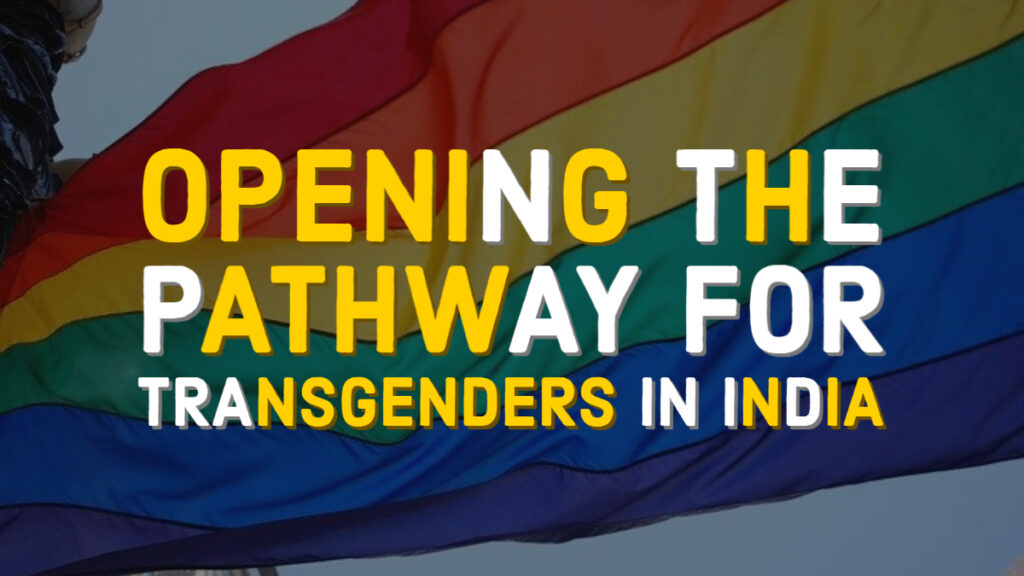

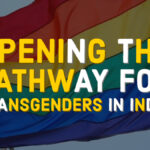
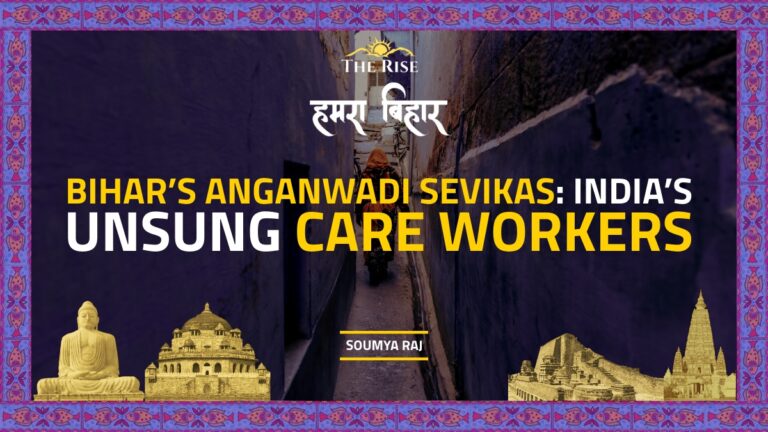
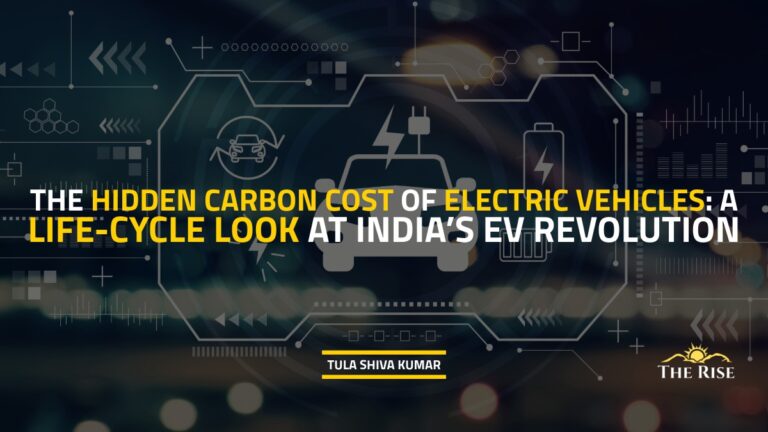
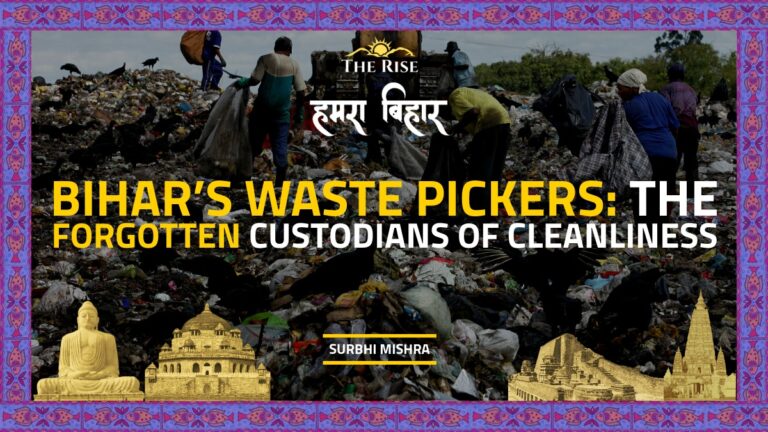
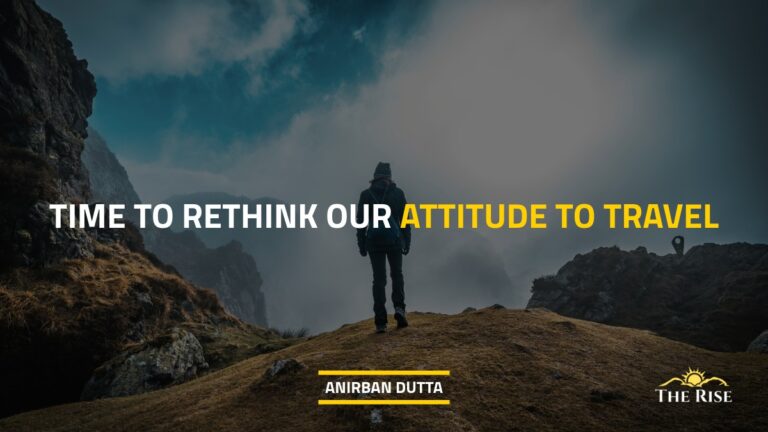
Pingback: Pride- Why Can’t We Seem to Embrace the Rainbow? - TheRise.co.in
Pingback: Gender Pronouns: What to be called? - TheRise.co.in